To view a section, please click on an option below.
Accommodations
* Click on hotel name to visit hotel web-site.
Antequera, Spain
If there is one Spanish Parador that breaks the mold of historic buildings and symbolizes modernity, it is the Parador de Antequera. Located in a park-like setting on a hill above the city, the hotel is perfect for rest, relaxation, and exploring the city of Antequera and the region of Andalusia. Enormous windows allow the light to flood every corner of the building and offer views of the magnificent landscapes with sunsets over the Antequera plain and the Peña de Los Enamorados. The Parador features modern, well-appointed rooms, a restaurant serving regional and Mediterranean dishes and lovely grounds for exploring. WiFi service is complimentary. Outdoor pool is open June – early September only.
Activity Level
Expectations: Week-long Cultural Stay featuring one town and region—and one hotel. Half and full-day excursions outside the town with some longer, extensive walking tours of villages, museums, and outdoor historic sites. Excursions can be over uneven terrain (e.g. outdoor sites, cobblestones, city hills, stairs without handrails, the absence of elevators). Parador is centrally located for easy access to sites and restaurants during the time at leisure.
Appropriate for: Travelers who are physically fit and comfortable with long days of touring (both walking tours and coach time).
Special Air Rates/Services
FlexAir is designed to provide you with the flexibility and choice you need to personalize your air travel experience. Explore a wide range of flight options in consultation with our experienced travel professionals to select the flights, routing, class of service, and dates of travel that most fit your needs. Our partner tour operator has negotiated contracts with a wide variety of carriers that allow them to hold flight reservations and then issue your ticket close to departure without additional fees. This protects you from the need to purchase published-fare tickets, which must be ticketed within 24 hours of purchase. FlexAir reservations provide the flexibility to adjust reservations without penalty and to accommodate extensions and upgrades right up until ticketing time, usually around 60 days before departure. We look forward to providing you with more choice and the best possible itinerary for your air travel plans.
Program Includes:
- Guaranteed transfers between the airport and your overseas accommodations upon arrival and departure (in most cases). We will provide you with all of the details you need to guarantee your transfer.
- Air schedule change and delay assistance. Book FlexAir to ensure assistance should schedule changes or delays impact your air travel plans.
- Flight insurance worth up to $250,000, subject to policy terms, is automatically included.
- Confirmed airline seat assignments at the time of booking (in most cases).
Reading List
Highly Recommended

Iberia
By: James A. Michener
Spain is an immemorial land like no other, one that James A. Michener, the Pulitzer Prize–winning author and celebrated citizen of the world, came to love as his own. Iberia is Michener’s enduring nonfiction tribute to his cherished second home. In the fresh and vivid prose that is his trademark, he not only reveals the celebrated history of bullfighters and warrior kings, painters and processions, cathedrals and olive orchards, he also shares the intimate, often hidden country he came to know, where the congeniality of living souls is thrust against the dark weight of history. Wild, contradictory, passionately beautiful, this is Spain as experienced by a master writer. Praise for Iberia “From the glories of the Prado to the loneliest stone villages, here is Spain, castle of old dreams and new realities.”—The New York Times “Massive, beautiful . . . unquestionably some of the best writing on Spain [and] the best that Mr. Michener has ever done on any subject.”—The Wall Street Journal “A dazzling panorama . . . one of the richest and most satisfying books about Spain in living memory.”—Saturday Review “Kaleidoscopic . . . This book will make you fall in love with Spain.”—The Houston Post
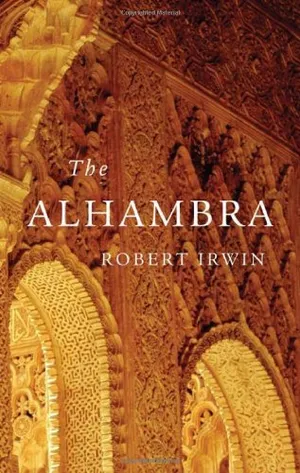
The Alhambra (Wonders of the World)
By: Robert Irwin
Read the Bldg Blog interview with Mary Beard about the Wonders of the World series(Part I and Part II)The Alhambra has long been a byword for exotic and melancholy beauty. In his absorbing new book, Robert Irwin, Arabist and novelist, examines its history and allure.The Alhambra is the only Muslim palace to have survived since the Middle Ages. Built by a threatened dynasty of Muslim Spain, it was preserved as a monument to the triumph of Christianity. Every day thousands of tourists enter this magnificent site to be awestruck by its towers and courts, its fountained gardens, its honeycombed ceilings and intricate tile work. It is a complex full of mysteries--even its purpose is unclear. Its sophisticated ornamentation is not indiscriminate but full of hidden meaning. Its most impressive buildings were designed not by architects, but by philosophers and poets. The Alhambra, which resembles a fairy-tale palace, was constructed by slave labor in an era of economic decline, plague, and political violence. Its sumptuously appointed halls have lain witness to murder and mayhem. Yet its influence on art and on literature--including Orientalist painting and the architecture of cinemas, Washington Irving and Jorge Luis Borges--has been lasting and significant. As our guide to this architectural masterpiece, Robert Irwin allows us to fully understand the impact of the Alhambra.
Spain: The Root and the Flower: An Interpretation of Spain and the Spanish People
By: John A. Crow
This is the late John A. Crow's classic study of the cultural history of Spain and its people, which he last updated in 1985 but which seems as fresh and pertinent as when he first wrote it. Crow devoted a lifetime to Hispanic studies and here provides a historical interpretation of Spanish civilization from its earliest beginnings to the present. The scope of this study is remarkable and includes chapters on Roman Spain, the Jews in Spain, the Moors, life in medieval towns, and the Golden Age of Spain, plus a view of Franco's legacy.
DK Eyewitness Seville and Andalucia (Travel Guide)
By: DK Eyewitness
Also Recommended
Lonely Planet Spanish Phrasebook & Dictionary 9
By: Lonely Planet
The Ornament of the World: How Muslims, Jews and Christians Created a Culture of Tolerance in Medieval Spain
By: Maria Rosa Menocal
Widely hailed as a revelation of a "lost" golden age, this history brings to vivid life the rich and thriving culture of medieval Spain where, for more than seven centuries, Muslims, Jews, and Christians lived together in an atmosphere of tolerance, and literature, science, and the arts flourished. of photos. 3 maps.
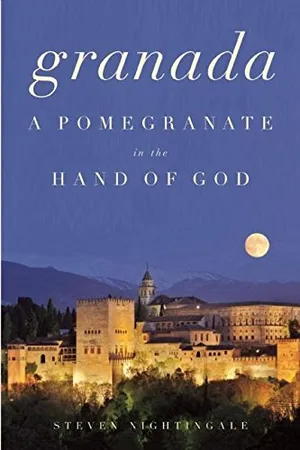
Granada: A Pomegranate in the Hand of God
By: Steven Nightingale
Granada is one of the iconic cities of the world. It stands for the culture of Al-Andalus, composed of Moslems, Jews, and Christians, who lived together in the legendary convivencia of the Spanish Middle Ages. Al-Andalus gave rise to an intellectual vanguard whose achievements can be compared only with those of classical Athens, Ming China, or Renaissance Italy.Granada resident Steven Nightingale excavates the rich past of his adopted city and of Al-Andalus, finding a story of utopian ecstasy, political intrigue, religious exaltation, and scorching anguish. Granada witnessed a flourishing of poetry, and constructed the Alhambra, one of the most celebrated buildings in Europe. Al-Andalus brought to Europe the first modern translations of Greek philosophy, advanced mathematics, science, medicine and music, as well as transcendent mystical texts. Yet Ferdinand and Isabel’s conquest of Granada in 1492 meant the end of the culture whose achievements would empower and enrich the rest of Europe.In the story of Granada, Nightingale finds our story, all its violence and possibility and beauty, its spiritual longing and artful dreams. It is a story that shows how we can work together, and what we can create together. And how our best work can be destroyed.
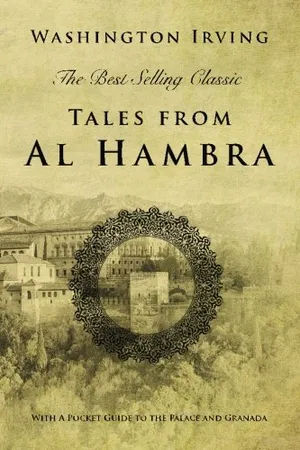
Tales of the Alhambra
By: Washington Irving
Islamic rule, though fragmented, extended over the bulk of Iberia for centuries, even as Christian warlords, pushing south, chipped away at Muslim territory. The work of the Reconquista, as it is called, came to an end with the fall of Granada and the Alhambra Palace. Tales of the Alhambra is must-reading for the traveler in Spain and the best souvenir of your visit. Irving is best remembered in this country for his collections of American folklore, like the stories of Rip Van Winkle and the Headless Horseman, but in Spain they remember him for the Alhambra stories. Irving lived in thel old Moorish palace at a time when it was a neglected ruin, and his wonderful descriptions, interspersed with the folk-tales that he collected from the people of Granada, helped to spark interest in repairing and restoring the monument. The folk tales, told in Irving's inimitable, witty style, usually deal with romantic elopements, or buried treasure, or both. Fantasy, history and folklore come together in this beautiful collection Special Edition This special edition of Tales of the Alhambra comes with a concise guidebook to Granada and the Al Hambra Palace.
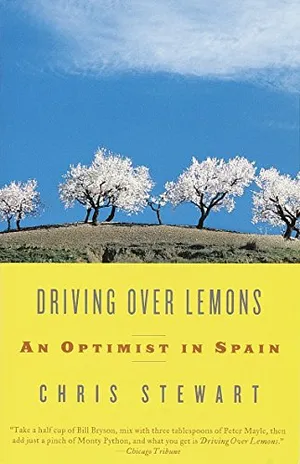
Driving Over Lemons: An Optimist in Spain
By: Chris Stewart
No sooner had Chris Stewart set eyes on El Valero than he handed over a check. Now all he had to do was explain to Ana, his wife that they were the proud owners of an isolated sheep farm in the Alpujarra Mountains in Southern Spain. That was the easy part.Lush with olive, lemon, and almond groves, the farm lacks a few essentials—running water, electricity, an access road. And then there's the problem of rapacious Pedro Romero, the previous owner who refuses to leave. A perpetual optimist, whose skill as a sheepshearer provides an ideal entrée into his new community, Stewart also possesses an unflappable spirit that, we soon learn, nothing can diminish. Wholly enchanted by the rugged terrain of the hillside and the people they meet along the way—among them farmers, including the ever-resourceful Domingo, other expatriates and artists—Chris and Ana Stewart build an enviable life, complete with a child and dogs, in a country far from home.
The Foods and Wines of Spain: A Cookbook
By: Penelope Casas
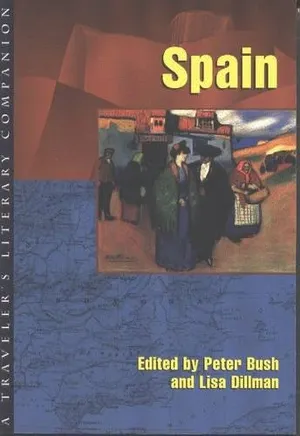
Spain: A Traveler's Literary Companion (Traveler's Literary Companions)
By: Peter Bush, Lisa Dillman
Explore Spain's rich literary landscape with some of the country's best contemporary writers. Arranged geographically, these thirty stories — many of which appear in English for the first time — transport the reader through Spain's many enchanting regions: experience a bull-run with Juan Goytisolo in Albacete, join Bernardo Atxaga in a Basque village, travel to the misty woods of Galicia with Manuel Rivas, and reminisce nostalgically with Julio Llamazares over black-and-white photos of his childhood Spain. Contributors include Nuria Amat, Bernardo Atxaga, Julián Ayesta, Carlos Blanco, Antón Castro, Agustín Cerezales, Rosa Chacel, Dulce Chacón, Rafael Chirbes, Miguel Delibes, Lucía Etxebarria, José Ferrer Bermejo, Laura Freixas, Amaia Gabantxo, Federico García Lorca, Juan Goytisolo, Julio Llamazares, José Jiménez Lozano, Javier Marías, Juan Marsé, Quim Monzó, Javier Puebla, Fernando Quiñones, Carme Riera, Manuel Rivas, Germán Sierra, Nivaria Tejera, and Angela Vallvey.
Platero and I
By: Juan Ramón Jiménez
This lyric portrait of life—and the little donkey, Platero—in a remote Andalusian village is the masterpiece of Juan Ramón Jiménez, the Spanish poet awarded the 1956 Nobel Prize for Literature.
Moorish Spain
By: Richard Fletcher
Beginning in the year 711 and continuing for nearly a thousand years, the Islamic presence survived in Spain, at times flourishing, and at other times dwindling into warring fiefdoms. But the culture and science thereby brought to Spain, including long-buried knowledge from Greece, largely forgotten during Europe’s Dark Ages, was to have an enduring impact on the country as it emerged into the modern era. In this gracefully written history, Richard Fletcher reveals the Moorish culture in all its fascinating disparity and gives us history at its best: here is vivid storytelling by a renowned scholar.
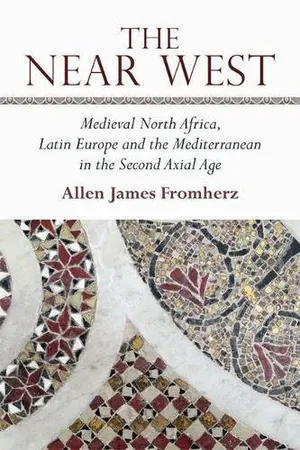
The Near West: Medieval North Africa, Latin Europe and the Mediterranean in the Second Axial Age
By: Allen Fromherz
This book tells stories of interaction, conflict and common exchange between Berbers, Arabs, Latins, Muslims, Christians and Jews in North Africa and Latin Europe. Medieval Western European and North African history were part of a common Western Mediterranean culture. Examining shared commerce, slavery, mercenary activity, art and intellectual and religious debates, this book argues that North Africa was an integral part of western Medieval History. The book tells the history of North Africa and Europe through the eyes of Christian kings and Muslim merchants, Emirs and Popes, Sufis, Friars and Rabbis. It argues North Africa and Europe together experienced the Twelfth Century Renaissance and the Commercial Revolution. When Europe was highly divided during twelfth century, North Africa was enjoying the peak of its power, united under the Berber, Almohad Empire. In the midst of a common commercial growth throughout the medieval period, North Africa and Europe also shared in a burst of spirituality and mysticism. This growth of spirituality occurred even as representatives of Judaism, Christianity and Islam debated and defended their faiths, dreaming of conversion even as they shared the same rational methods. The growth of spirituality instigated a Second Axial Age in the history of religion. Challenging the idea of a Mediterranean split between between Islam and Christianity, the book shows how the Maghrib (North Africa) was not a Muslim, Arab monolith or as an extension of the exotic Orient. North Africa, not the Holy Land to the far East, was the first place where Latin Europeans encountered the Muslim other and vice versa. Medieval North Africa was as diverse and complex as Latin Europe. North Africa should not be dismissed as a side show of European history. North Africa was, in fact, an integral part of the story.
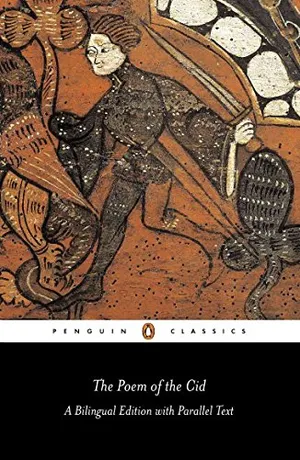
The Poem of the Cid: Dual Language Edition (Penguin Classics) (Spanish Edition)
By: Anonymous
One of the finest of epic poems, and the only one to have survived from medieval Spain, The Poem of the Cid recounts the adventures of the warlord and nobleman Rodrigo Díaz de Vivar - 'Mio Cid'. A forceful combination of heroic fiction and historical fact, the tale seethes with the restless, adventurous spirit of Castille, telling of the Cid's unjust banishment from the court of King Alfonso, his victorious campaigns in Valencia, and the crowning of his daughters as queens of Aragon and Navarre - the high point of his career as a warmonger. An epic that sings of universal human values, this is one of the greatest of all works of Spanish literature.For more than seventy years, Penguin has been the leading publisher of classic literature in the English-speaking world. With more than 1,700 titles, Penguin Classics represents a global bookshelf of the best works throughout history and across genres and disciplines. Readers trust the series to provide authoritative texts enhanced by introductions and notes by distinguished scholars and contemporary authors, as well as up-to-date translations by award-winning translators.
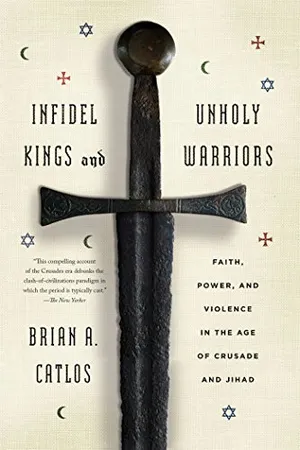
Infidel Kings and Unholy Warriors: Faith, Power, and Violence in the Age of Crusade and Jihad
By: Brian A. Catlos
An in-depth portrait of the Crusades-era Mediterranean world, and a new understanding of the forces that shaped itIn Infidel Kings and Unholy Warriors, the award-winning scholar Brian Catlos puts us on the ground in the Mediterranean world of 1050–1200. We experience the sights and sounds of the region just as enlightened Islamic empires and primitive Christendom began to contest it. We learn about the siege tactics, theological disputes, and poetry of this enthralling time. And we see that people of different faiths coexisted far more frequently than we are commonly told. Catlos's meticulous reconstruction of the era allows him to stunningly overturn our most basic assumption about it: that it was defined by religious extremism. He brings to light many figures who were accepted as rulers by their ostensible foes. Samuel B. Naghrilla, a self-proclaimed Jewish messiah, became the force behind Muslim Granada. Bahram Pahlavuni, an Armenian Christian, wielded power in an Islamic caliphate. And Philip of Mahdia, a Muslim eunuch, rose to admiral in the service of Roger II, the Christian "King of Africa." What their lives reveal is that, then as now, politics were driven by a mix of self-interest, personality, and ideology. Catlos draws a similar lesson from his stirring chapters on the early Crusades, arguing that the notions of crusade and jihad were not causes of war but justifications. He imparts a crucial insight: the violence of the past cannot be blamed primarily on religion.
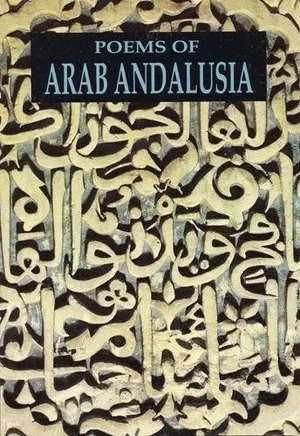
Poems of Arab Andalusia
By: Brand: City Lights Publishers
These poems, from the astonishing 10th- through 13th-century civilization in Andalusia, are based on the codex of Ibn Sa'id, who wanted poems "whose idea is more subtle than the West Wind, and whose language is more beautiful than a fair face." Spanish readers have long been enchanted by their enduring appeal through the versions by Emilio García Gómez. This poetry of Arab Andalusia made a profound impact on Spain's Generation of 27. Rafael Alberti says that it "was a revelation for me and had a great influence on my work, but above all influenced the work of Federico García Lorca."Cola Franzen's vibrant, delicious and faithful renderings of this poetic motherlode are, to quote from a poet in her marvelous compilation, 'shooting stars that leap agile as acrobats.'" —Christopher Sawyer-Lauçanno, author of An Invisible Spectator: A Biography of Paul Bowles"Of those things which delight the senses (according to a Tradition of the Prophet) the chiefest are 'water, green things & a beautiful face'; therefore a poetry of noble exquisiteness limits itself to certain tropes, in which the wisdom of sensuality is endlessly rediscovered. Blow dust from the folios of the vanished Moors & be stabbed by the URGENT NECESSITY of light-dappled fountains, the fractals of the garden, the transmutations of desire." —Peter Lamborn Wilson, author of Ploughing the CloudsCola Franzen has translated from Spanish some twenty volumes of prose and poetry, including Claudia Guillén's The Challenge of Comparative Literature, and Dreams of the Abandoned Seducer by Alicia Borinsky.
History of the World Map by Map (DK History Map by Map)
By: DK
*As an Amazon Associate, Smithsonian Journeys earns from qualifying purchases.
Travel Insurance
For the convenience of our travelers, Smithsonian Journeys includes a basic medical expense and evacuation plan through Trip Mate, a Generali Global Assistance & Insurance Services brand, at no additional charge. This plan provides post-departure Medical and Dental coverage of $250,000 per person and Emergency Assistance and Transportation coverage of $1,000,000 per person (U.S. Residents Only). Note: For full details regarding these coverages please review the following Plan Documents here.
In addition, we recommend that travelers purchase a travel protection plan to help protect their travel investment from unforeseen events such as cancellation due to illness, flight delays due to adverse weather, baggage loss, and more. For your convenience, Smithsonian Journeys offers an optional Travel Protection Plan administered by Trip Mate, a Generali Global Assistance & Insurance Services brand. For those interested, optional "Cancel for Any Reason" coverage is available for an additional charge. Note: Certain eligibility requirements apply and Cancel for Any Reason coverage is not available to New York residents. For full details regarding this coverage please review the following Plan Documents here.
To learn more about the Travel Protection Plan, you may visit https://www.generalipartner.com/smithsonianjourneys or call the administrator, Trip Mate, a Generali Global Assistance & Insurance Services brand at (866) 501-3252.

/https://tf-cmsv2-journeys-media.s3.amazonaws.com/filer/dd/e6/dde6e847-f705-4deb-82e4-1e8a2971ef48/spa_granada_alhambra_ist_000042044468_large_for-web.jpg)
/https://tf-cmsv2-journeys-media.s3.amazonaws.com/filer/18/0a/180aeded-2bb0-4320-a78f-e0b12acf2277/spa_antequera_ist_660308100.jpg)
/https://tf-cmsv2-journeys-media.s3.amazonaws.com/filer/3e/4e/3e4e0626-d2cb-4a61-9280-75cbf14d1c7b/spa_antequera_ist_174757715.jpg)
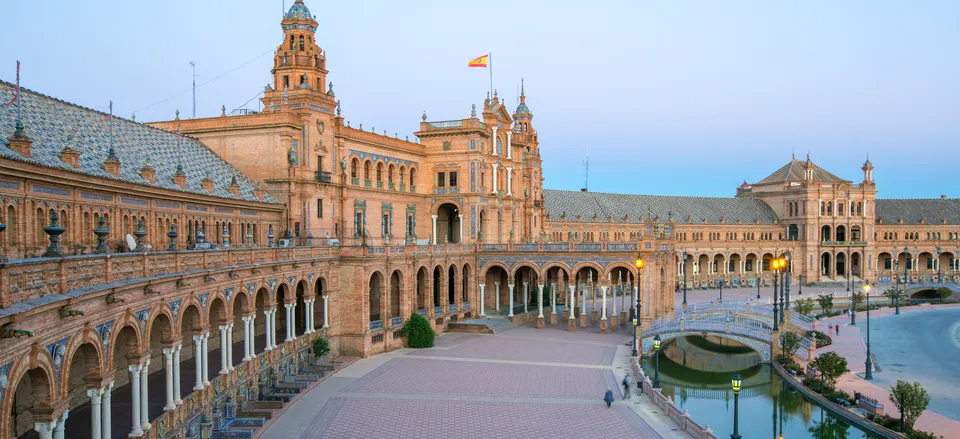
/https://tf-cmsv2-journeys-media.s3.amazonaws.com/filer/8d/21/8d215682-a592-43e1-a725-d5b7b35af5d7/spa_seville_cathedral_dt_l_39295382.jpg)
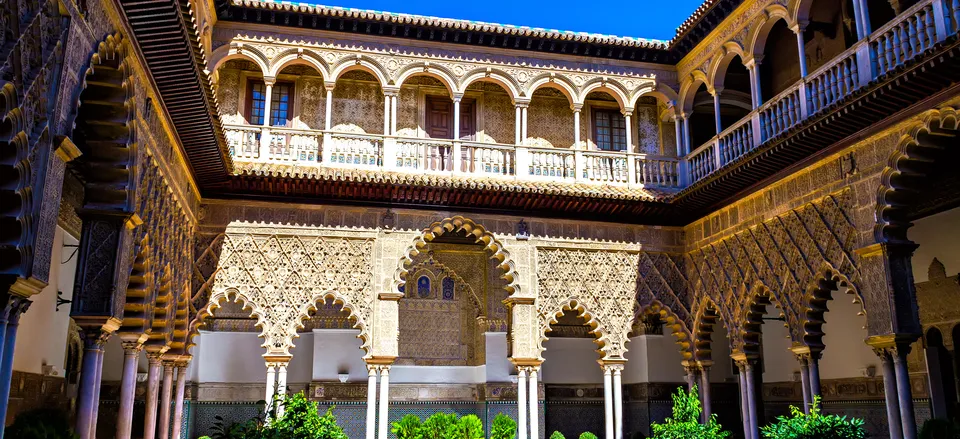
/https://tf-cmsv2-journeys-media.s3.amazonaws.com/filer/39/52/395202d4-4466-462c-a382-51429840e626/spa_ronda_hotel_ist_927844184.jpg)
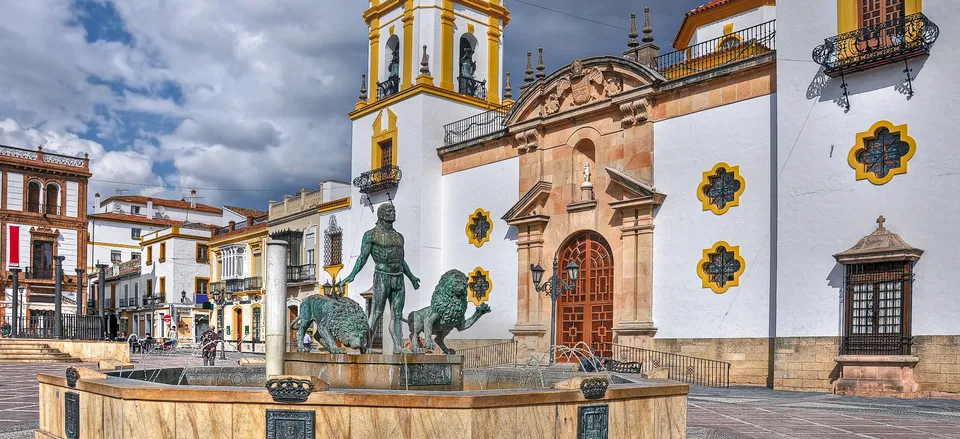
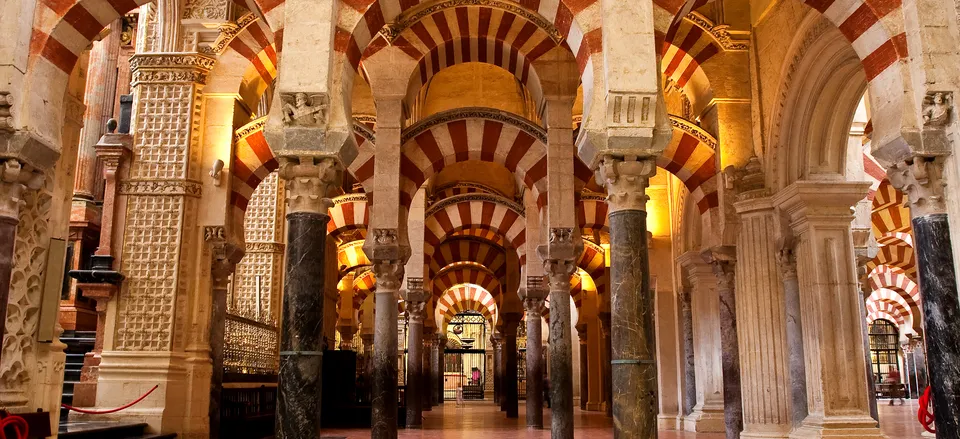
/https://tf-cmsv2-journeys-media.s3.amazonaws.com/filer/8a/8e/8a8e8db0-794f-4a8d-9324-168ab173a6b6/spa_granada_alhambra_dreamstime_07.jpg)
/https://tf-cmsv2-journeys-media.s3.amazonaws.com/filer/dd/7e/dd7e5229-3e9a-4a39-897e-dbae0cccb7c2/spa_granada_alhambra_gardens_dt7445510.jpg)
/https://tf-cmsv2-journeys-media.s3.amazonaws.com/filer/62/3a/623a3ea4-e53b-44a8-b5de-e22d3d98e93e/spa_granada_alhambra_generalife_dt_l_15345889.jpg)


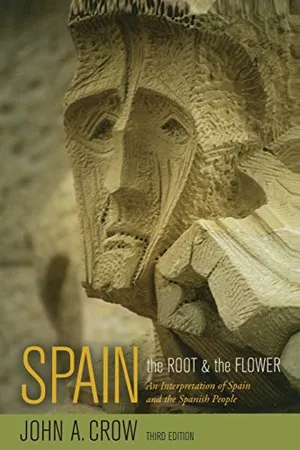
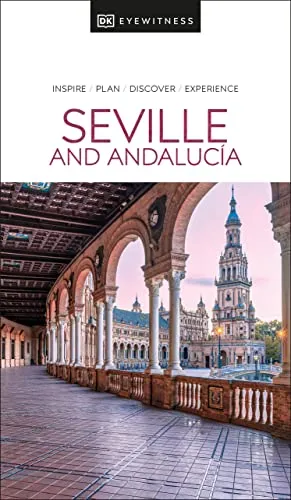

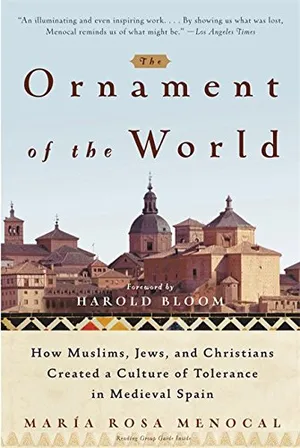



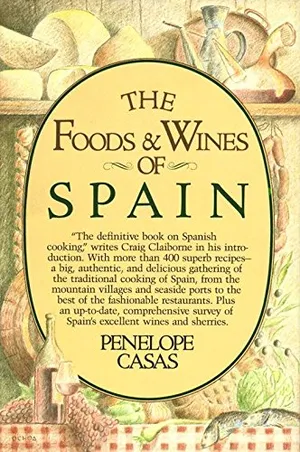

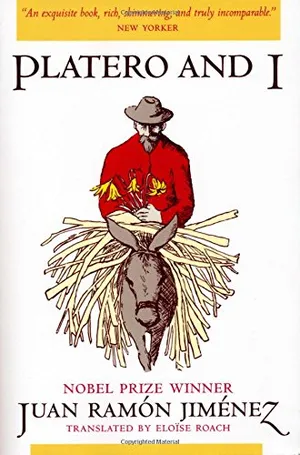
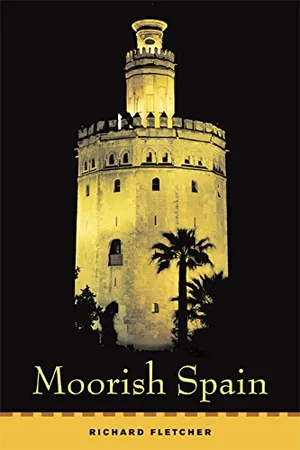




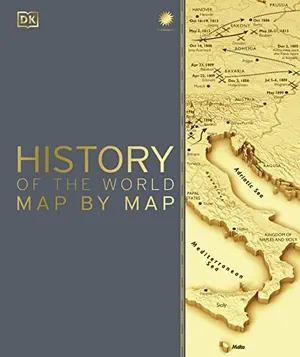
/https://tf-cmsv2-journeys-media.s3.amazonaws.com/filer/13/63/136370bb-0b3c-4e1d-9e89-eed87f20a5cc/spa_madrid_plazamayor_dt4716555.jpg)
/https://tf-cmsv2-journeys-media.s3.amazonaws.com/filer/78/56/7856bf37-01df-4796-ba78-230e23dbfda6/spa_marbella_ahi_shs_473238115.jpg)
/https://tf-cmsv2-journeys-media.s3.amazonaws.com/filer/12/ba/12ba6dd6-3fe8-4449-ae6d-96bcf48aba4e/spa_sansebastian_eve_ist_1041664354.jpg)
:focal(448x375:449x376)/https://tf-cmsv2-journeys-media.s3.amazonaws.com/filer/dd/e6/dde6e847-f705-4deb-82e4-1e8a2971ef48/spa_granada_alhambra_ist_000042044468_large_for-web.jpg)